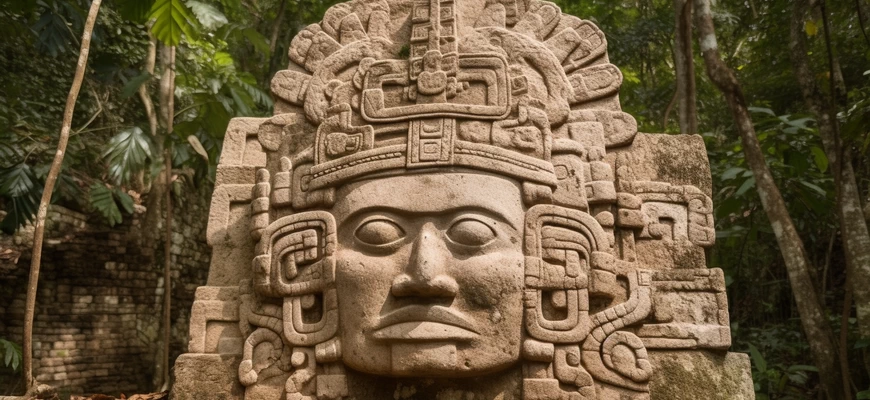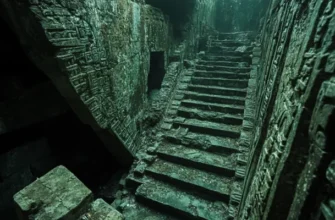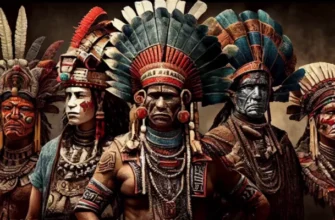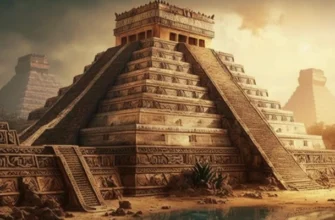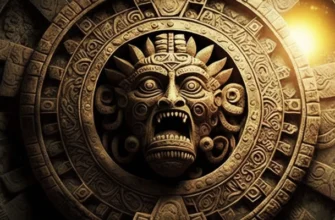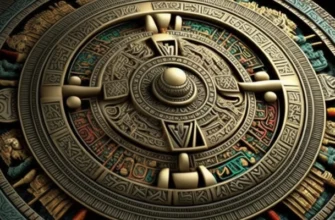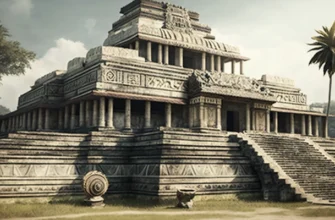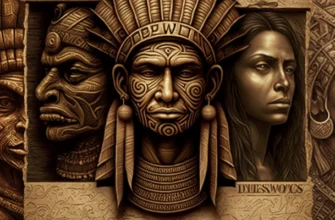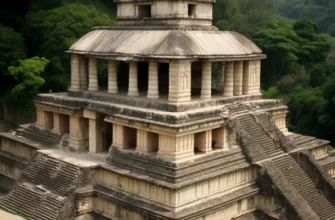The Mayan culture was one of the greatest civilizations that flourished in Mexico and Central America. It is known for its inventive technology, mathematics, astronomy, art, and architecture. Mayan culture was highly religious, with a wide network of temples and shrines. Their writing was complex and detailed. Today, the Mayan descendants continue their tradition, and many of the ancient technologies and beliefs have survived to this day.
History of the Mayan culture
The Mayan culture began its development about 2000 years ago in southwestern Mexico. In the 3rd-6th centuries AD. The Maya created the first major cities such as Tikal, Palenque, Copan, and others. In the 7th-10th centuries AD, Mayan culture reached its peak. The Maya made significant achievements in astronomy, mathematics, art, architecture, and other fields. However, around the 10th century AD, Mayan culture began to decline. The reasons for this decline are still a subject of debate, but it is known that many cities were abandoned and the Mayan cultural achievements were forgotten for more than 500 years.
Geographical location and influence on culture
The Mayan culture developed in the Mesoamerican region, which is located in southwestern Mexico and partly in northern Central America. The Maya’s geographical location shaped their culture, including agriculture, inventive technology, and architecture. The Maya used water from rivers and lakes to irrigate their fields, which allowed them to grow significant amounts of food. In addition, the geographical location of the Maya favored their trade development and cultural exchanges with other peoples of the region.
Main features of Mayan culture
The main features of Mayan culture were
inventive technologies in agriculture, water supply and construction;
advanced mathematics, astronomy and writing;
religious beliefs and rituals that played an important role in Mayan life;
highly developed art and architecture, including pyramids, temples and palaces;
trade with other nations and cultural exchanges;
the decline of the culture at the end of the 10th century AD, after which many Mayan achievements were forgotten for more than 500 years.
Technology and science
The Maya were a fairly advanced civilization that had a great interest in science and technology. Some of their achievements include:
Calendar: The Maya developed a very accurate calendar that was used to calculate various astronomical events. They also developed a calendar that had a cycle lasting 52 years.
Mathematics: The Maya used numbers that were based on the number system of 20. They developed very sophisticated mathematical formulas that allowed them to make precise calculations.
Architecture: The Maya created impressive buildings with huge walls where they were placed from a position of security. They also created cities with wide roads and canals to provide water.
Medicine: The Maya were quite skilled healers and used plants to treat illnesses.
Writing: The Maya developed their own writing system consisting of hieroglyphics and symbols.
In general, the Maya were a very inventive people who made significant contributions to science and technology.
Art and religion
Art and religion were extremely important to the Mayan civilization that existed in South and Central America for many centuries before the arrival of European conquerors.
Mayan art was linked to religion, and many of its works have sacred significance. This includes intricate reliefs, statues, architectural structures, ceramics, and a variety of jewelry. The Maya developed a complex system of symbols and hieroglyphics that were used in art, writing, and religion.
The Mayan religion was polytheistic, meaning they had many deities that reflected different aspects of nature and human life. The Maya believed in life after death, and this belief was connected to ancestor worship. They also had an elaborate system of rites and sacrifices that were performed to ensure prosperity for their community and to satisfy the needs of the deities.
All of these aspects of Mayan art and religion were interconnected and extremely important to understanding their culture and history.
Mayan heritage and modernity
The Mayan heritage has a significant influence on contemporary art and culture in Central and South America, as well as around the world. Artists and designers from all over the world find inspiration in Mayan art and architecture, which is reflected in their works.
In addition, Mayan heritage is important for the study of Central and South American history and culture. Archaeologists and historians are excavating Mayan cities and deciphering hieroglyphics to learn more about the life and culture of these ancient people.
In some regions of Mexico, Guatemala, and Belize, where Mayan descendants remain, the Mayan culture and language are still alive. These people continue to practice traditional crafts and religious rituals that reflect the heritage of their ancestors.
Finally, the Mayan heritage reminds us of the importance of preserving and respecting the cultural heritage of the world. Preserving and studying the history and culture of ancient civilizations is an important task that helps preserve our common roots and understanding of cultural diversity.
Conclusions
The Mayan culture is one of the most fascinating cultures to have ever existed. Fiercely talented in the sciences and mathematics, the Maya discovered tens of thousands of different things, from complex calendars to hieroglyphics. Their art and architecture still leaves viewers in awe, including huge pyramids, intricate reliefs and paintings, and inventions that have left their mark on the modern world, such as agave syrup and various tillage devices.
However, like most other great civilizations, the Mayan culture suffered its downfall. Decades before the arrival of the European conquerors, Mayan cities became abandoned and forgotten, and this majestic culture disappeared into history. Left only as monuments and artifacts, Mayan culture has become an object of fascination for scholars, as well as an inspiration for artistic and scientific creativity. All of this is not enough to describe the richness of Mayan culture, but it is worth remembering that their contribution to world history, science and art is extremely significant.
